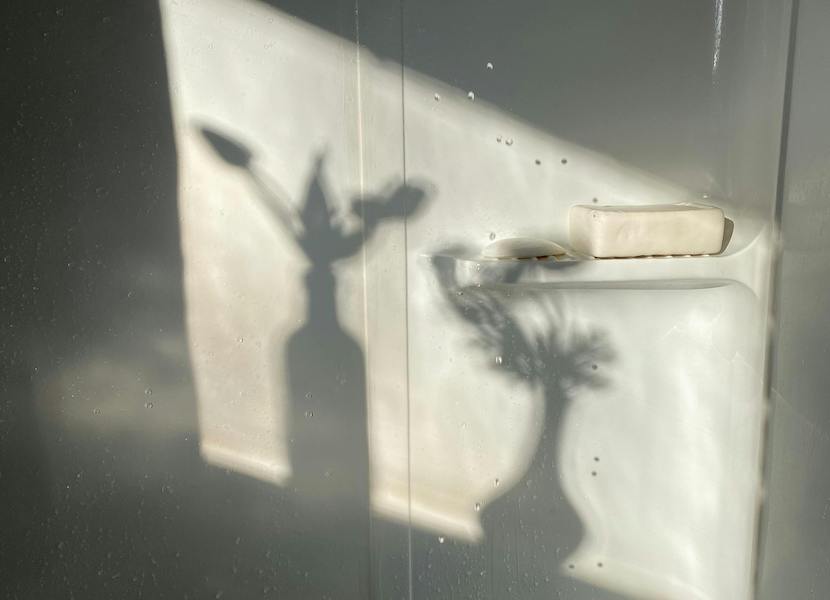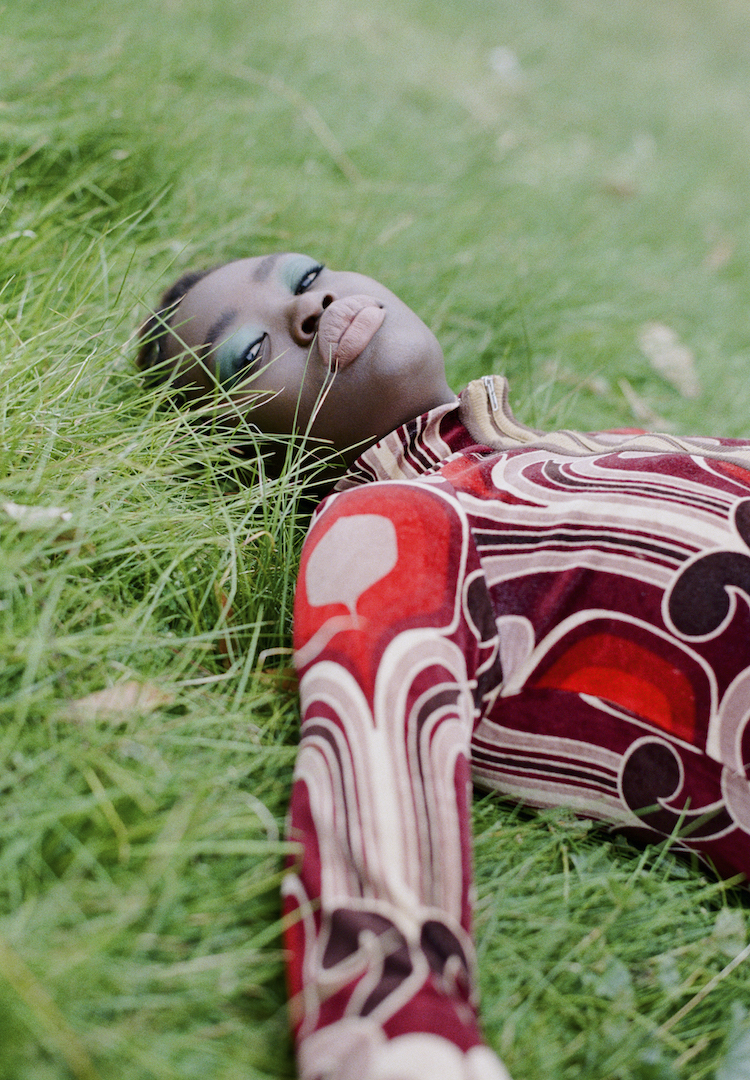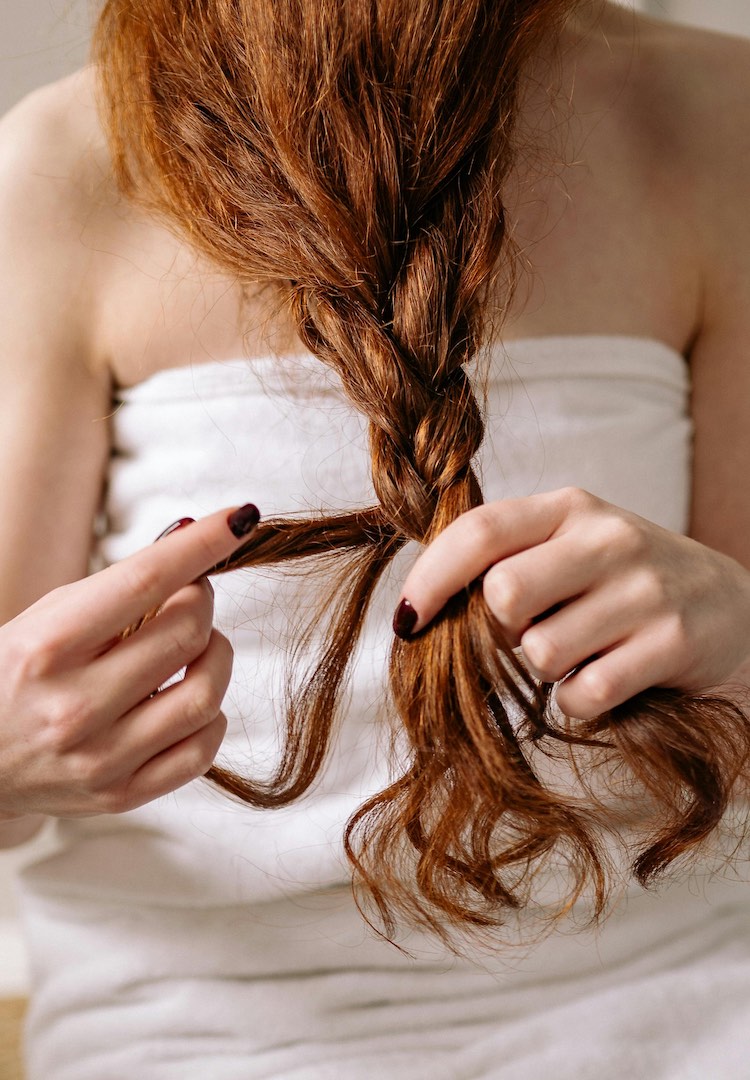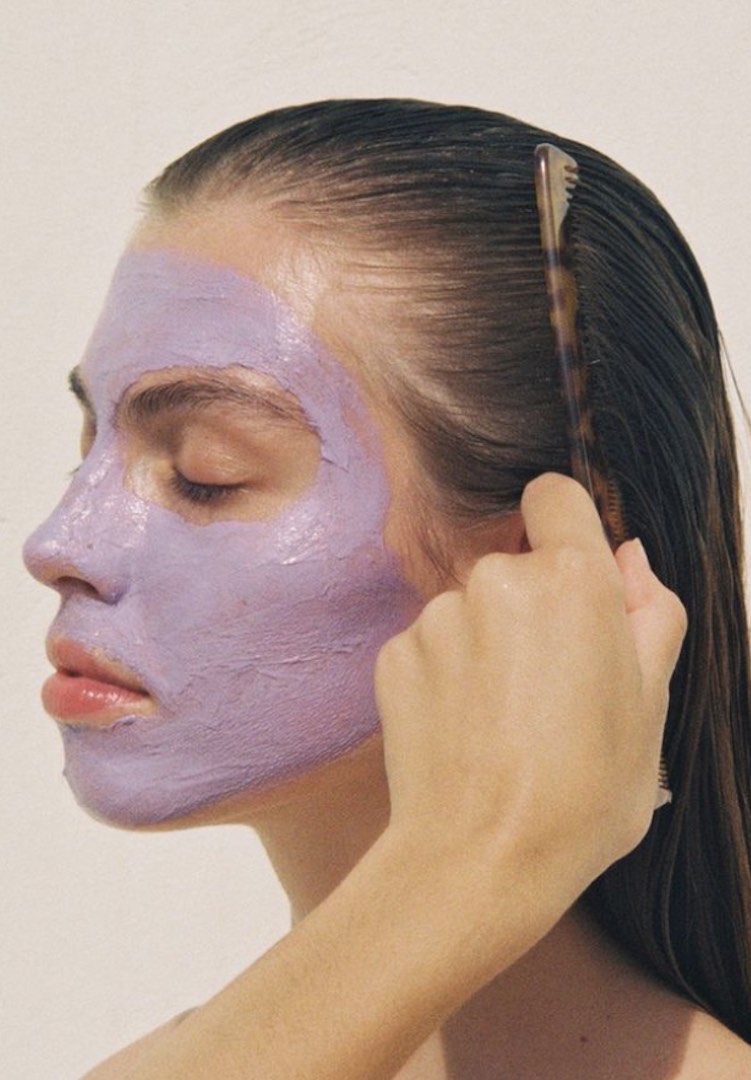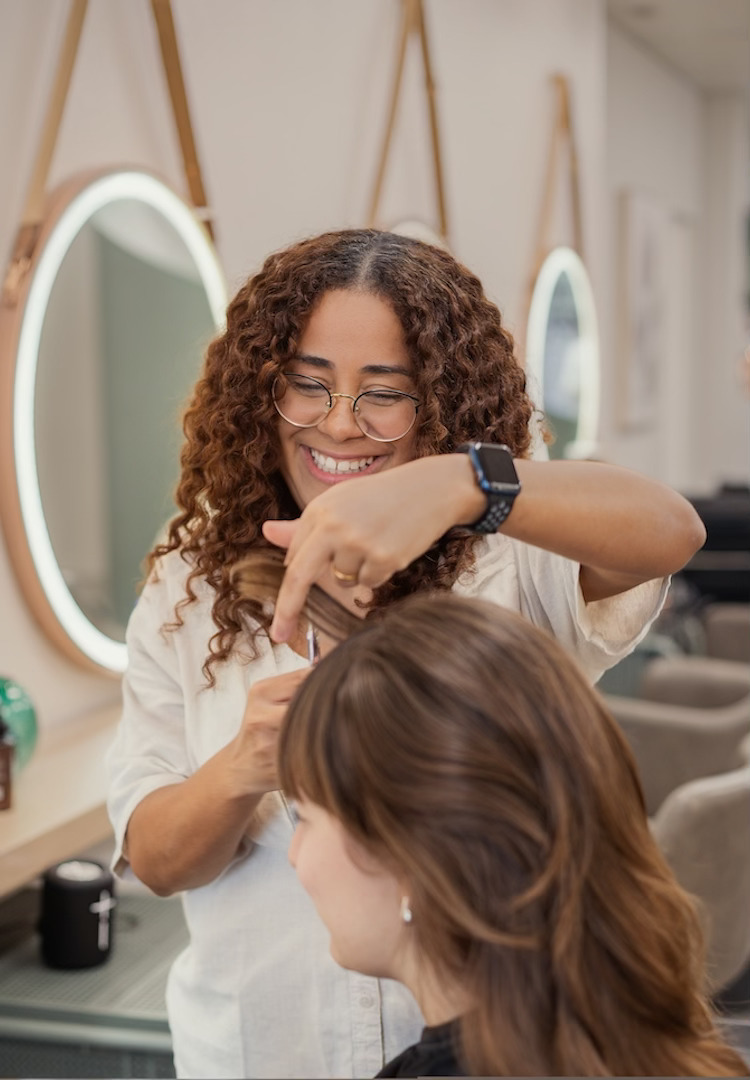How much hair loss is normal when showering?
WORDS BY ERIN EWEN
An expert weighs in.
We’ve all been there. You’re decompressing after a long day with a nice, hot shower – until you look down at the drain. ‘Surely that’s an excessive amount of hair washing down the drain,’ you think. ‘How do I have any strands left on my head?’
Kickstart your wellness journey over at our Health section.
It’s alarming to see clumps of hair gathering around the drain at the end of an everything shower. But fear not – Software’s Dr Lauren Thomas is here to answer all your burning questions about losing locks in the shower, including how to tell the difference between hair loss and shedding and what you can do to encourage healthy hair growth. Let’s get into it.
Why do you lose hair in the shower?
While watching your hair gather on the wet floor might send you into a mild panic, losing hair in the shower shouldn’t immediately be cause for concern. In fact, it’s normal to shed between 50 to 100 hairs every day. And as explained by Dr Thomas, “The shower is usually the place where you notice hair coming out the most.” There are a number of reasons that can contribute to this, including:
Follicle stimulation
“Hair often falls out in the shower because you stimulate your scalp when you shampoo or condition your hair. Hairs that were already destined to fall out get the nudge they need when shampooing, and so come off your head,” explains Dr Thomas.
Your hair thickness
Thick hair typically has a higher number of hairs overall. Proportionally, you may lose more hair because you simply have more of it.
When you last brushed your hair
“Combing and brushing your hair, along with showering, are the two events where you’re most likely to notice hair loss. If it’s been a day or two since you last really brushed your hair, you may notice more hairs falling out,” says Dr Thomas.
What’s the difference between hair shedding and hair loss?
There’s an important distinction to make here. Hair shedding is a perfectly natural phase of the hair growth cycle. If you have a healthy scalp, around 95 per cent of the hairs are actively growing, leaving the remaining 5 per cent to shed and make room for new growth.
Excessive hair shedding, also known as telogen effluvium, commonly results from stress and can cause up to 200 or more hairs to be shed per day. While this may result in a noticeable thinning of the hair, it isn’t caused by permanent hair loss. “Hair loss is typically categorised when 25 to 50 per cent of scalp hairs are the resting (telegon) phase,” says Dr Thomas.
The key difference between excessive hair shedding and hair loss is that hair shedding is temporary and often stops on its own within six to nine months, whereas hair loss does not. If you notice an increase in hair loss while showering, it may be a sign to investigate further. Here are some signs that you may be experiencing hair loss:
- Losing more than 150 hairs per day
- Clumps of hair fell out while showering
- Rapid hair thinning or bald patches
- Scalp pain or itching
- Changes in hair texture or colour
Hair shedding vs hair-breaking
Hair shedding and hair loss may not be the only culprits behind the hair you’re losing in the shower. “If you’re finding excessive strands of hair in the shower, on your hairbrush or your clothes, it might not be due to shedding. Hair breakage is also common – this is where the strand snaps rather than falling out completely.
Hair is more likely to break if it’s roughly handled or comes into contact with extreme heat. For example, brushing your hair vigorously or using straighteners every day can cause excess breakage. Gently caring for your hair can reduce hair breakages, as can reducing your use of styling tools to avoid heat damage.
Dry hair is another common cause of breakages. ”Keep it hydrated by drinking plenty of water, eating a healthy diet and repairing your hair with moisturising and strengthening treatments, ” advises Dr Thomas.
How to prevent hair loss in the shower
What can you do if you’re noticing more hair falling out than usual in the shower?
- Brush your hair lightly before you shower. This can help dislodge some of your ready-to-shed strands before you wash your hair.
- Use a wide-toothed comb on wet hair. This minimises damage to the strands when detangling.
- Use a detangling solution. Kids’ detanglers are gentle and are also effective at removing knots from adult hair.
- Blow-dry your hair less often. Excessive blow-drying causes hair to become brittle, which can lead to hair breakage which may give the appearance of hair thinning.
- Avoid tight hairstyles. Tight ponytails, buns, and braids can pull at the hair follicle which in turn can cause hair loss due to traction alopecia. Avoid rubber elastic bands and hair extensions, which can also pull tightly on your hair causing it to shed.
How to encourage healthy hair growth
While some level of hair loss is a fact of life, there are several things you can do to encourage healthy hair growth. General hair growth tips include:
- Use a gentle shampoo. Harsh shampoos can damage hair, causing it to fall out. Choose a gentle shampoo that is free of sulphates and parabens.
- Avoid hot water. Hot water can strip the scalp of its natural oils, causing a dry scalp and brittle hair that might be more prone to breakage. Use lukewarm water instead.
- Massage the scalp. Massaging the scalp can improve blood flow, which promotes hair growth.
- Gently brush or comb hair before showering to remove any knots and tangles.
- Use a wide-tooth comb. A wide-tooth comb can help prevent hair breakage while combing wet hair.
- Limit hair products. Using too many hair products can weigh down the hair, causing it to break and fall out. Limit your use of hair products, or use only natural ones.
- Maintain a healthy diet. A healthy diet can promote healthy hair growth. Eat plenty of fruits, vegetables and protein.
Experiencing hair loss in the shower can be a normal part of the hair growth cycle. However, understanding the factors that influence hair loss and recognising when you’re shedding too much can help you take better care of your hair. By adopting gentle haircare practices and maintaining a healthy lifestyle, you can minimise unnecessary hair loss and keep your locks looking their best. If in doubt, it’s best to talk to a professional to address any deeper concerns you may have about your hair health.
For more information on hair loss in the shower, head here.







